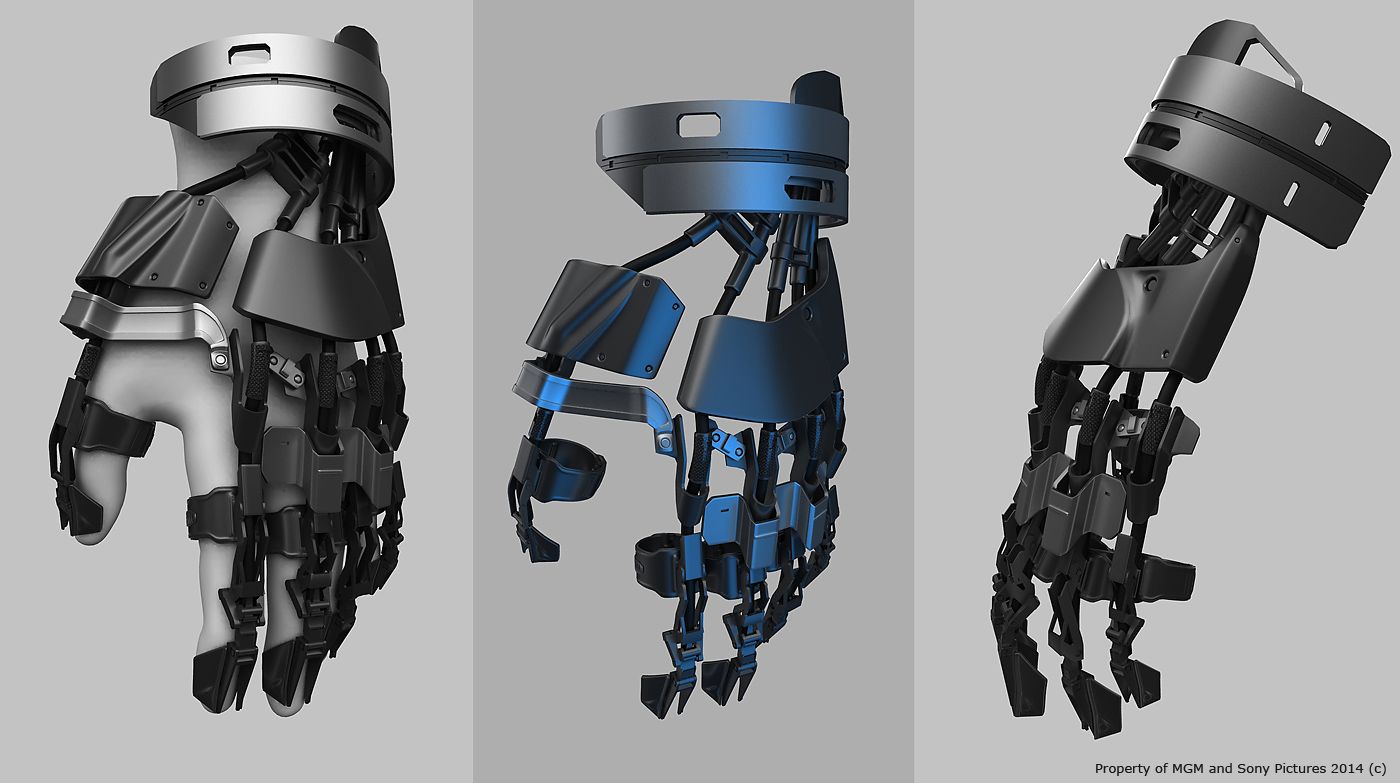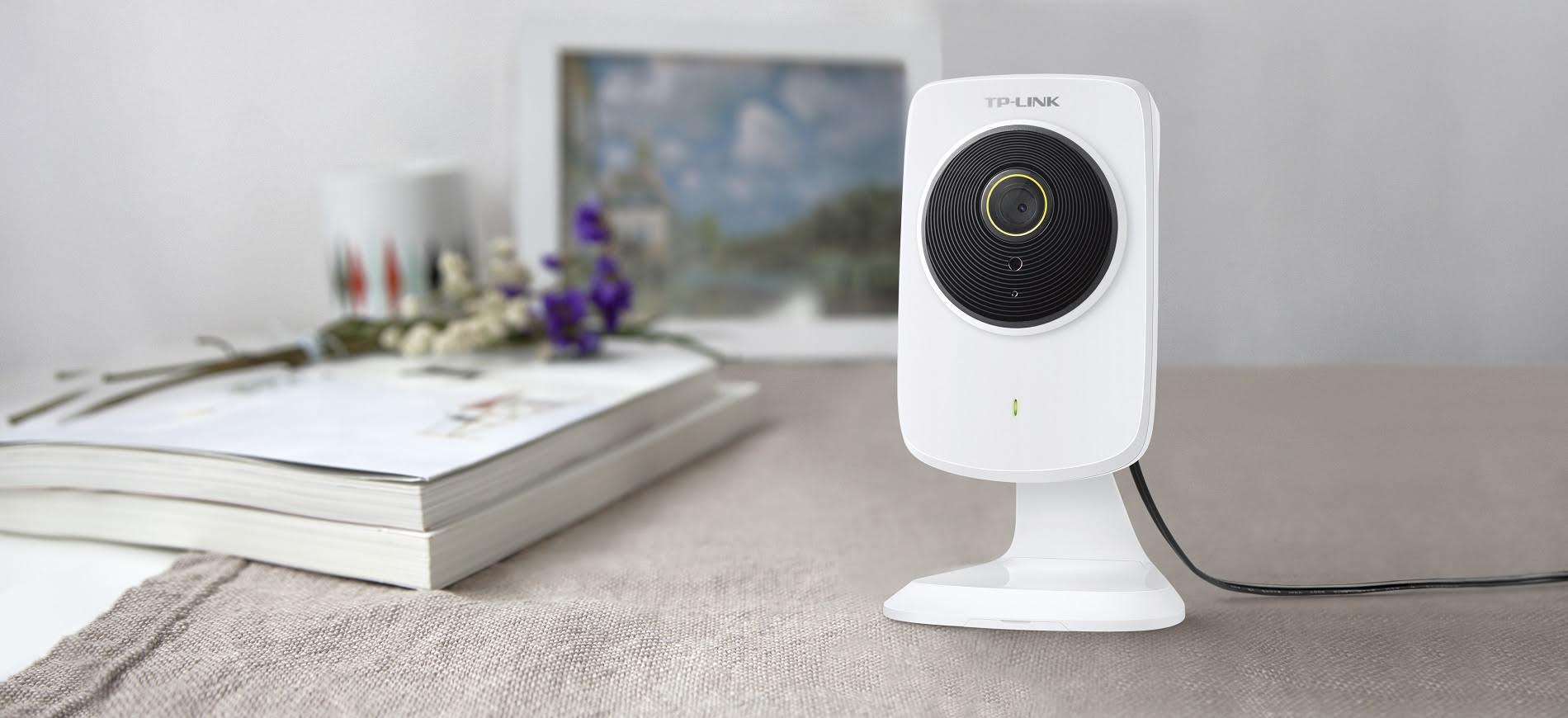Exoskeletons are wearable robotic suits that can enhance human strength, endurance and mobility. The technology is evolving rapidly and opening up exciting possibilities to augment human capabilities and assist those with physical impairments.
Military Applications
Exoskeletons were first developed for military purposes to help soldiers carry heavy loads over long distances. The U.S. military has been at the forefront of exoskeleton research and have developed some capable prototypes.
The XOS 2 and XOS Exoskeletons (Ekso Bionics):
The XOS 2 by Ekso Bionics is a leg exoskeleton that allows soldiers to walk normally while carrying over 100 pounds of gear. It reduces joint strain and metabolic cost of walking by 30%. The XOS allows average users to carry over 200 pounds for over 10 miles without fatigue. Both suits are now in use by the U.S. Army.
The HULC (Harvard University Lower Extremity Combination Exoskeleton):
Developed by Harvard University and the U.S. Army Research Laboratory, HULC can increase a soldier’s load capacity to over 100 pounds. It uses hydraulic actuators to power knee and hip joints during walking, climbing and load lifting activities. In trials, soldiers were able to walk long distances faster and with less effort while wearing HULC.
Industrial Applications
Manufacturing plants and construction sites present many physically demanding jobs. Exoskeletons can help workers perform tasks in a safer and more productive manner.
EksoVest (Ekso Bionics):
The EksoVest is an upper-body exoskeleton that supports the arms, shoulders and back. It is designed to reduce fatigue for assembly line workers and others who engage in repetitive overhead tasks. Users have reported up to a 60% reduction in muscle activity while lifting.
Sarcos Guardian XO (Sarcos Robotics):
The Guardian XO helps with lifts up to 50 pounds by assisting with arm, wrist and hand movements. It has force-feedback sensors that detect effort and help guide motions safely. This suit promotes precision and prevents injury during repetitive material handling.
Medical Applications
Exoskeletons offer hope to those with limited mobility due to injury, old age or neurological conditions.
ReWalk (ReWalk Robotics):
One of the first medical exoskeletons approved by the FDA, ReWalk uses crutches for balance and helps users stand up and walk again after spinal cord injuries. It is powered by batteries and controlled by subtle shifts of the user’s center of gravity. Over 1000 systems have allowed paraplegics to increase mobility and muscle strength.
Indego (Parker Hannifin):
The Indego exoskeleton has been used by over 100 paralysis patients worldwide. It provides independent hip and knee motion during the gait cycle with motors at the joints. This has helped users stand, transfer and walk on their own for up to 6 miles on a single charge.
Future Directions
As technology progresses, exoskeletons are getting lighter, more powerful and easier to control. New materials like compliant actuators promise even greater enhancements. Some directions being explored include:
Artificial Muscles:
Recent breakthroughs in artificial muscle technology could lead to stronger yet smaller actuators mimicking human physiology. These “soft exosuits” may be safer and feel more natural.
Whole Body Suits:
Full body exoskeletons integrating arms, torso, and legs have potential for handling heavier tasks and drastically improving mobility for the disabled.
Power Sources:
Lighter portable batteries offering longer runtimes will significantly boost practical applications of exoskeletons outside structured settings.
Brain Interfacing:
Non-invasive brain-computer interfaces may allow direct thought-based control of exoskeletons, restoring mobility more intuitively for those with spinal injuries.
Exoskeleton technology has come a long way and is poised to drive meaningful change across sectors in the near future. As the capabilities improve, these wearable robotics have potential to enhance lives through military assistance, industrial labor optimization and restoration of human functions lost to disability or aging. With continued multidisciplinary innovations, exoskeletons may eventually achieve symbiosis with the human form, blurring what is biologically possible.
*Note:
1. Source: Coherent Market Insights, Public sources, Desk research
2. We have leveraged AI tools to mine information and compile it




